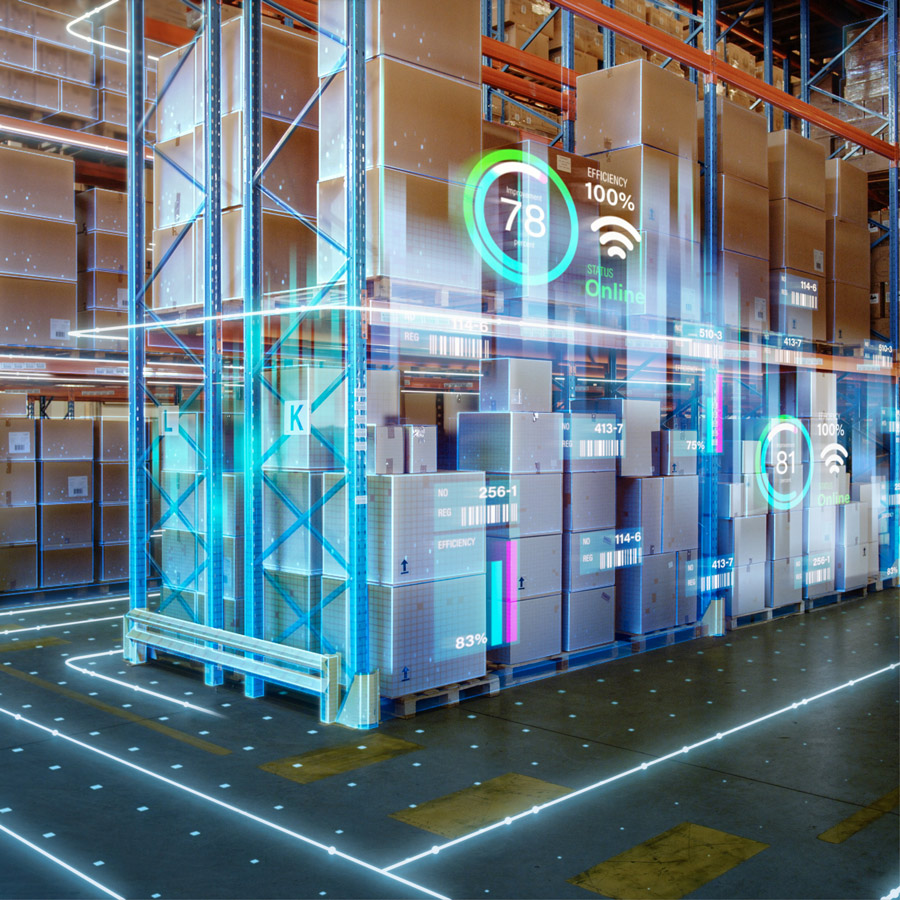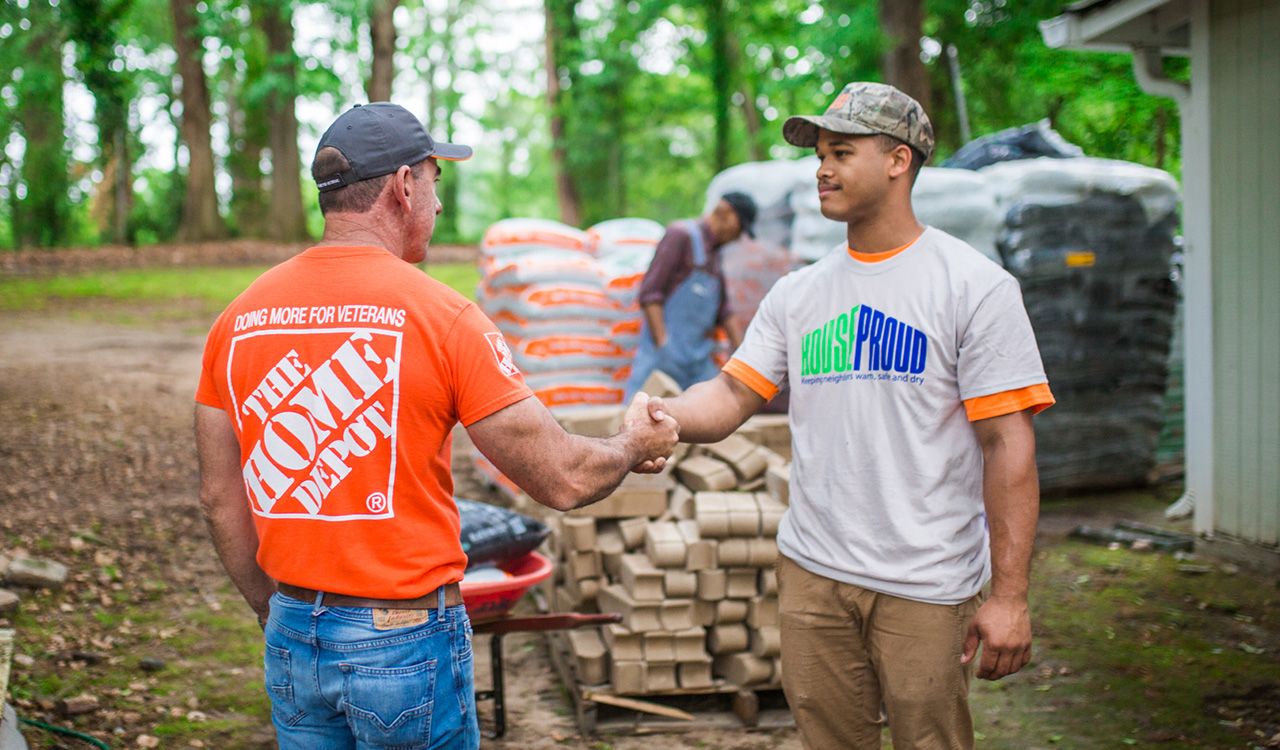Welcome to the era of omnipresent disruption, where a confluence of climate, cybersecurity, geopolitical, global health, and other plausible, crisis-ready threats loom large. As the tumult of Covid 19 fades from the zeitgeist, rather than exhale, it is time to prepare for the next unknown known that will rock the industry.
Managing Uncertainty
But before we forecast, let’s take a step back and engage in a bit of backcasting, looking to recent history to identify points of inflection to inform a proactive path toward resiliency.
Recall the horrifying images broadcast across our screens from the 2011 Tohoku earthquakes and subsequent tsunami that sent shockwaves through Toyota’s Japanese supply chain, leaving its operations paralyzed for nearly two months.
Fast forward to 2016, when Japan experienced another seismic event. This time, however, Toyota’s factories were humming in just over two weeks. While the two disasters differed in their seismic impact and geographical scope, the reduction in recovery time can be attributed to a defensive, forward-thinking strategy that minimized losses. Toyota analyzed its 2011 crisis readiness protocols and developed a quick-response approach poised to confront the next disruptive event head-on. It updated its supply chain, inventory practices, and data resilience. The strategy that emerged not only prepared Toyota against future earthquakes but also shielded the company from the supply chain disruptions inflicted by the pandemic, which wreaked havoc on its competitors throughout 2020 and 2021.
Anticipating Disruption
In a recent paper, Jim Rice, deputy director for the MIT Center for Transportation and Logistics, discusses the crucial role of foresight and adaptability in preparing for future disruption. He underscores the risks associated with constructing strategic models that only react to past events, rather than systems that flex responsively, “We are seeing a recency bias in which people say we need to prepare for the next pandemic. But the next big disruption is probably going to be something else. My guess would be a cyberattack, but nobody knows. It does not matter if you lost your factory because of a labor strike or a hurricane. You still need a plan to recreate your core capabilities. Resilience is not mitigation; it is creating the capability to recreate lost capacity.” He continues, “A silver lining from Covid is that the general population now has a notion of the supply chain and has some appreciation for fully stocked shelves and purchase options.
Moving Beyond Tweaks
In response to the recent chaos in supply chains and the growing recognition of future vulnerabilities, several leading consultancies have released papers and bolstered their supply chain advisory services. These papers propose immediate-term programs that rely on technology partnerships and advocate for philosophical shifts, such as finding a balance between just-in-time efficiency and a just-in-case mindset. While these initiatives offer valuable tweaks to the existing system, it is becoming increasingly apparent that a fundamental change in priorities and culture may be necessary. During the recent MIT Technology Review’s EmTech Conference, Srini Venkatesan, the Executive V.P. of U.S. Omnitech at Walmart, discussed the company’s anticipatory stance. He not only outlined the new tools, systems, and applications Walmart has implemented, but also emphasized the importance of an organizational transformation as Walmart Omnitech shifts from a culture of response to one of preparedness.
One notable development is Walmart’s supply chain hub, named Mobius, which monitors every node in the company’s U.S. distribution network across the U.S. in real-time. Venkatesan shared a real-life example of Mobius in action during Hurricane Ian’s approach to Florida in the fall of 2022, “As a distribution center was severely impacted by the storm, we used Mobius to reroute all orders from that center within hours of the crisis. We redirected the demand to other distribution centers and ensured that the product reached the nearest viable stores.” He explained that the company’s response was modeled, pressure-tested, and then finally deployed as the storm progressed.
Furthermore, Venkatesan highlighted how Walmart uses Mobius to proactively prepare for future disruptions by creating simulations. “We reconstruct situations to take down a node then model that failure to see what happens next. We can see whether other systems or nodes can actually bear the load. We model these scenarios constantly. We can now simulate any condition quickly and conduct response testing. This is really powerful.” According to Venkatesan, these exercises not only enhance the company’s preparedness for future events but also inform system optimization in the present.
Deconstructing Chaos
In a recent article, M. Johnny Rungtusanatham and David A. Johnston, writing for the MIT Sloan Management Review, narrate the transformative journey undertaken by Loblaw, a Canadian grocer with over 2400 stores and 20 distribution centers. The project’s goal was to examine systemic weaknesses and develop a feasible, crisis-driven strategy that can, in the authors’ words, “manage unknown-but-knowable threats and their associated consequences.”
Like many retailers, Loblaw encountered costly disruptions during the pandemic. Initially, the company’s crisis response, implemented in the early stages of Covid, aimed to address obvious risks. It proved unfit to meet the challenge of a novel disruption. Loblaw’s AI-powered, real-time demand management system, built on historical data, recognized abnormal demand spikes but was not trained to respond to anomalous signals. The authors write, “Managers had to fight the existing system, often manually overriding the demand management systems to reset order volumes and stocking-level targets for stores and distribution centers.”
Loblaw ultimately developed a readiness framework supported by six principles: “Anticipation, Tracking, Detection, Diagnosis, Activation, and Protection.” The outcome of the grocer’s crisis response transformation is yet to be tested, but Walmart has the receipts. The Mobius system performed effectively during Hurricane Ian. That is a point of pride, but I would argue that addressing increasing climate risks are table stakes, essential to any sufficient emergency response plan. What is more interesting in Walmart’s case, is the company’s examination of the less-likely events, the scary stuff, and building an actionable plan should they occur.
Confronting Unpleasantness
Future scenario explorations like the examples presented here often push companies well beyond their comfort zones as they are forced to confront unpleasant “what if” questions. Through exploring comprehensive disruption simulations and thought exercises, organizations can pinpoint trip wires, establish effective chains of command, and tailor response sequences to tackle plausible challenges. The unnerving scenarios can be stressed-tested in low-stakes environments enabling the development of organizational muscle memory that empowers a company to thrive amidst disruption and crisis.
Similar to people, companies tend to avoid confronting future uncertainties assuming that the odds are in their favor or that the feared impacts are exaggerated. However, in this era of relentless disruption, the days of wearing blinders and hoping for the best are fleeting. While every company aspires to achieve resilience, it eventually boils down to priorities and money. As MIT’s Jim Rice pointed out, “Organizations still face the challenge of justifying investments in resilience when the return on investment is dependent on an uncertain event.”
A Culture of Resilience
Companies that commit to a culture of resilience tilt the odds in their favor. Loblaw and Walmart chose to follow Toyota’s example by putting the painful lessons of the Covid supply chain crisis to good use. Remember, there is no ROI on preparing for black swan events, those characterized by high risk and high uncertainty…until there is.




